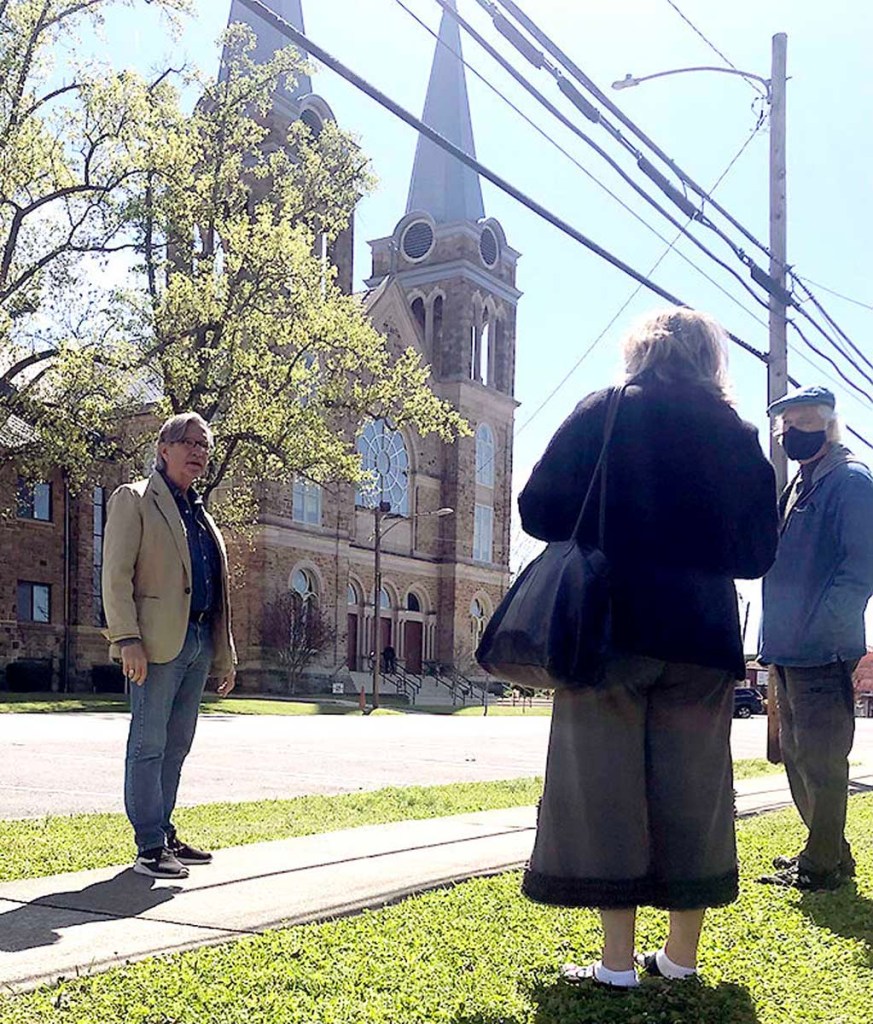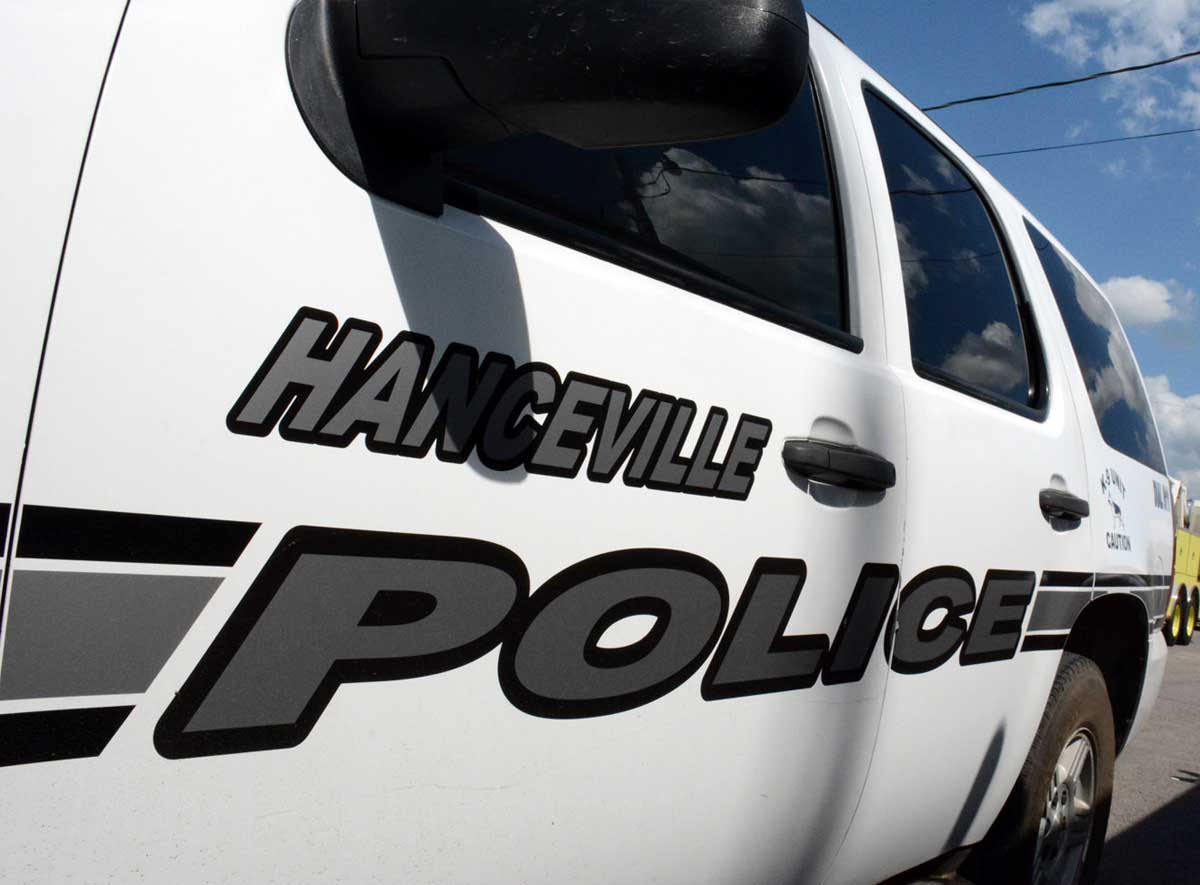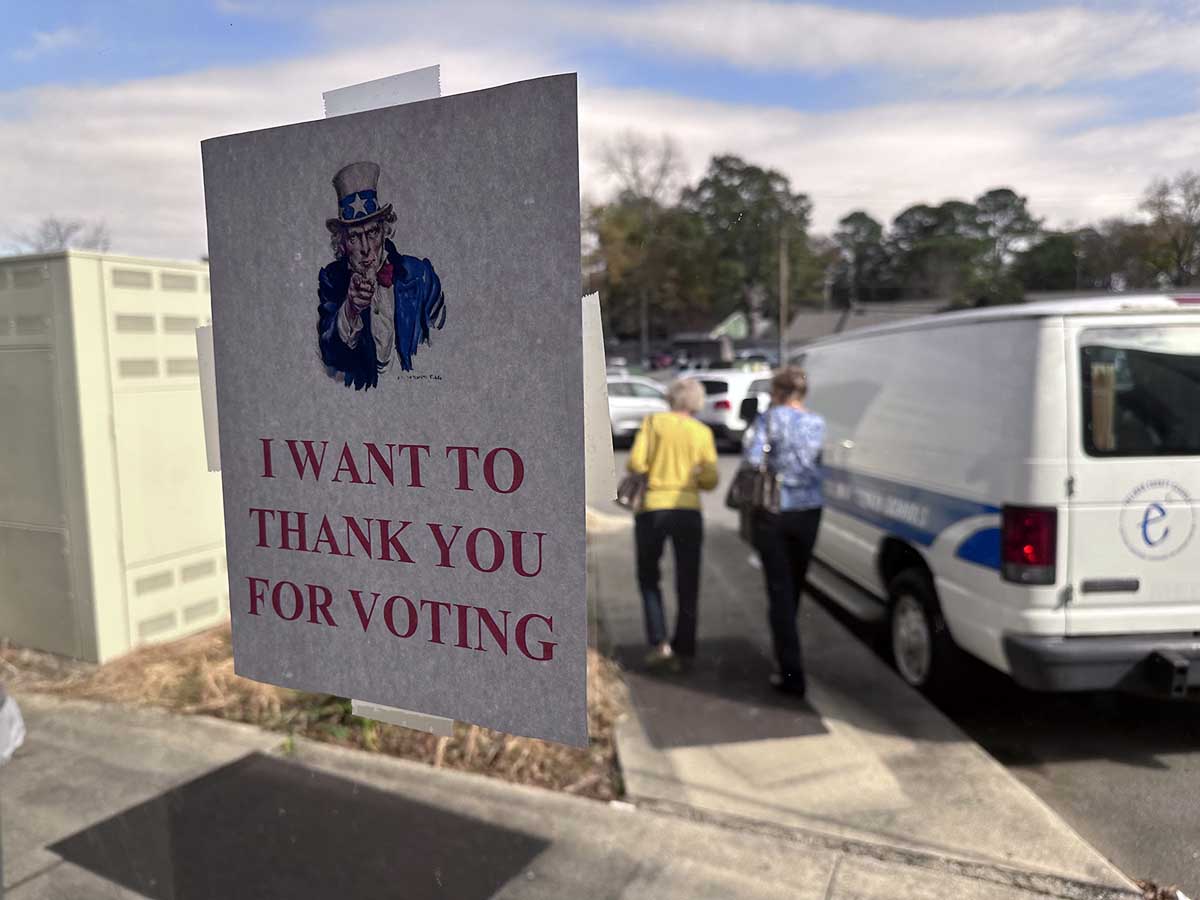Walking tours provide insight into Cullman’s past
Published 5:00 am Tuesday, April 6, 2021

- Ben South, left, guides a walking tour past Sacred Heart Catholic Church Saturday morning.
A Saturday morning stroll along Cullman’s wide avenues and streets provides a glimpse into the city’s past and people.
“We’ll have to use our imagination a bit,” said Ben South, one of the guides for the Cullman County Museum’s April walking tours.
Trending
Typically, he said, there are 20 to 30 people on the walk, but perhaps due to the coronavirus or people opting to do other things on one of the first days of beautiful spring weather, Saturday’s tour drew a handful of participants. But the tour lasted beyond the scheduled hour mark because the tourists, including locals, were enjoying the walk back in time.
Indoor visits are no longer included as part of the tours, but individuals can go on their own to visit some of the buildings mentioned.
The tours start at the museum, where Director Drew Green talks about John G. Cullmann coming to Alabama in 1872 as a land agent for the railroad. South points to the orderly layout of the city and the wide streets, “This is the impact of Col. Cullmann’s German engineering,” he says.
In a short walk, tour participants use their imagination to picture stockyards where Cullman’s city hall now sits and envision the area as more residential than it is currently. “Families were self-sufficient,” says South. “They grew their own food and had their livestock.” In some ways, he said, it’s much like how people reacted to the recent pandemic: growing their own vegetables and making items for their families to use.
He points out the buildings that made up the city’s medical community, and the Stiefelmeyer Building, where Cullman residents could buy items “from cradle to grave.” One member of the Stiefelmeyer family, Charles Kielbacker, became a well-known New York-based fashion designer acclaimed as the “Master of the Bias” for his designs that allowed fabrics to drape women’s figures.
South is one of several tour guides leading tours this month. Each tour is unique, said Green. “We have different local historians to lead each of the tours, and where they end up taking the group is up to them,” he said. “Each one has different interests and pieces of local knowledge, so there’s a variety in what you might see and learn from one week to the next.”
Trending
On Saturday, the tour group stood across the street from Sacred Heart Catholic Church, and admired the building’s Romanesque architecture and soaring spires. South shared the scandal surrounding the building of the church, when a banker at Cullman’s German bank embezzled $20,000, leaving the community stunned and the congregation forced to make modifications to the building plans.
He points out that while Cullman today is known for its many houses of worship, “At one point, there were more saloons than churches,” in Cullman.
The tours aren’t just for new-comers or out-of-town visitors. Local residents add to the experience by sharing their knowledge of people and places along the way.
The tours are free to the public and start at 10 a.m. at the museum and are conducted rain or shine, except in the case of severe weather. If you’re interested in learning about the history of other Alabama cities, more than 20 across the state are also offering Saturday walking tours.
For a list of cities and tour information, visit https://tourism.alabama.gov/2021/03/alabama-saturday-walking-tours-return-in-april/.





